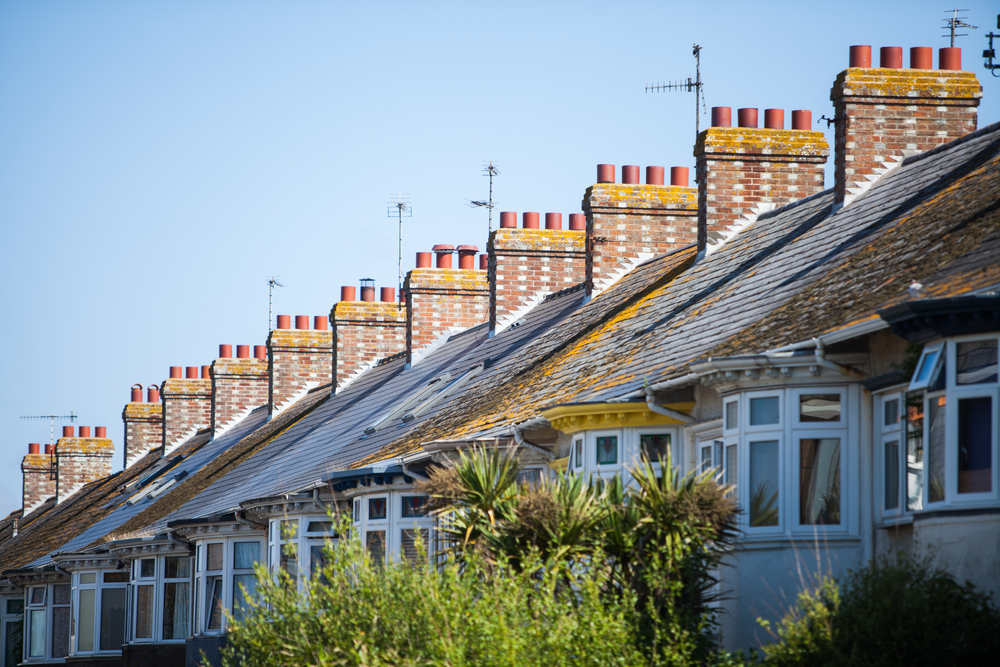
Councils should take a more innovative approach to home building by ensuring redevelopment of high streets is housing-led, building upwards and above and around stations.
Next month the government will launch a register of brownfield sites which will map out unused land as part of plans to encourage councils to make the most of this land first – backed by £400 million to bring this mostly unused land back to use.
Developers will be able to demolish vacant commercial, industrial and residential buildings and replace them with well-designed homes without getting delayed in a lengthy planning process, under new plans being consulted on by the government, meaning that more homes will be able to be delivered more quickly.
The government will also review how local authorities assess how many homes are needed in their area and incentivise those that deliver on those numbers.
All local authorities will also be required to have up-to-date Local Plans in place by December 2023, or see government intervention, so enough homes are built for their communities.
The changes come ahead of plans for an ambitious planning white paper – set to radically reform the planning system by speeding up the decision-making process so homes can be built quicker where they are needed the most.
Good design and place-making will be at the heart of the new system, championing tree-lined streets, a “fast track for beauty” and a commitment to lower carbon emissions in all new homes – for a green revolution in housebuilding.
Housing Secretary Rt Hon Robert Jenrick MP said: “I want everyone, no matter where they live, to have access to affordable, safe, quality housing and live in communities with a real sense of place – as part of our mission to level up, unite and unleash the potential of this country.
“We must think boldly and creatively about the planning system to make it fit for the future, and this is just the first step, so we can deliver the homes communities need and help more young people onto the ladder.”
An extra £145 million, on top of the £236 million allocated at the end of February, will be used to offer ‘move on’ accommodation for up to 6,000 rough sleepers and those at immediate risk of rough sleeping.
In addition, a further £262 million will be used to expand drug and alcohol treatment services for vulnerable people sleeping rough – ensuring every area in the country receives additional funding for these vital services.
Other housing proposals were announced in yesterday’s Budget.
The proposals do not go far enough
Mike Scott, chief property analyst at Yopa, said there were some helpful measures announced in the Budget, and in the Housing Secretary’s statement, but they do not go far enough.
He commented: “Increased housebuilding takes many years to have much effect on house prices and rents, even if the government finally starts to deliver on its ambitious targets for the number of new houses built.
“Easier planning permission won’t help if developers are still limiting the number of homes that they build in order to keep prices up, and we would have liked to see a stick as well as a carrot, penalising developers who maintain large banks of undeveloped land.
“We would also have liked to see some more help for the people who are struggling to buy their own homes right now, in the form of government support to enable mortgage lenders to reduce their deposit requirements and lend more generously.”
SME house builders and local authorities
The Federation of Master Builders (FMB) said that planning reforms are key to fixing the housing crisis, but more attention should go to support local authorities to improve their ability to respond to planning demands.
Brian Berry, chief executive of the FMB, said: “The current planning system is a major barrier for small house builders, so today’s announcement that it will be brought into the 21st century through digitisation and simplification is a victory for common sense.
“I’m pleased to learn that the Secretary of State will engage particularly with small to medium-sized (SME) house builders to ensure the new system works for them. Key to increasing the volume and quality of new homes coming through is reversing the decline in small house builders.”
“That the Government has also made the decision to intervene in local authorities’ plan-making processes by setting a 2023 deadline to update their local plans is helpful. A recent Public Accounts Committee report found that fewer than half of local authorities had an up-to-date local plan, which goes to show that inaction is hampering housing numbers.”
Berry concluded: “More detail is needed in terms of how local authorities plan to provide a good quality service to SMEs. While linking fees to performance and offering rebates to developers is a step in the right direction, local authorities need support to get the basics right.
“That means a dedicated phone number where house builders can get through to someone, the ability to arrange meetings that don’t cost an arm and a leg, and regular, good-quality communication. The FMB stands ready to support this review and reform process.”
Key statistics from FMB
- 42% of SME house builders reported that the planning process was the single biggest obstacle to them building more homes
- For the fourth year in a row SMEs cited inadequate resourcing of planning departments as the most significant cause of delay in the planning process
- Excessive information requirements are the biggest cause of cost for SMEs
- When asked whether they had seen an improvement in the speed and delivery of local planning departments since fees were increased by 20% in 2018, only 3% of SMEs said yes
- In the 1980s SMEs built two thirds of all new homes, now it is just 23%



